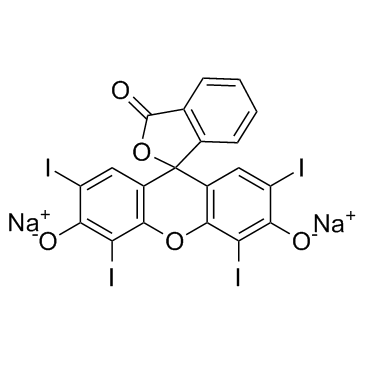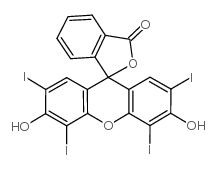| Structure | Name/CAS No. | Articles |
|---|---|---|
 |
Dichloromethane
CAS:75-09-2 |
|
 |
erythrosin B
CAS:16423-68-0 |
|
 |
Erythrosin B
CAS:15905-32-5 |